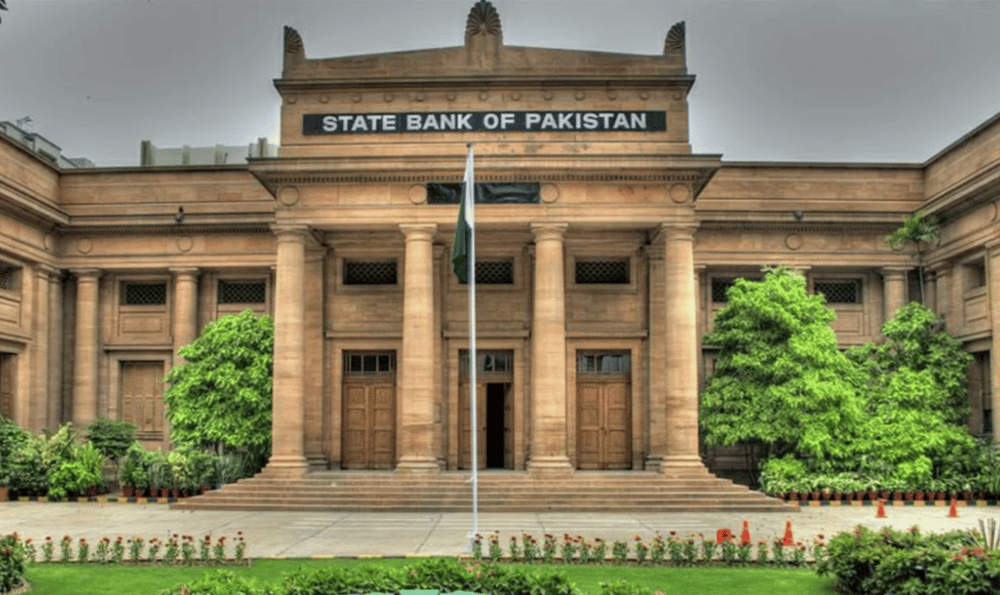Pakistan’s State Bank Holds Key Interest Rate at 11% Amid Israel-Iran Conflict
On Monday, Pakistan’s central bank, the State Bank of Pakistan (SBP), maintained its key policy interest rate at 11%, aligning with market expectations. This decision comes amid heightened inflationary pressures fueled by the ongoing Israel-Iran conflict and fluctuating global oil prices. The SBP’s pause reflects cautious monetary management as the economy navigates complex external risks.
Analysis of SBP’s Interest Rate Decision and Inflation Risks
The SBP’s decision to keep the benchmark rate steady at 11% follows a recent series of aggressive monetary easing moves. Since June 2024, the central bank has slashed rates by a cumulative 10 percentage points from a historic peak of 22%. After a brief halt in March, the SBP resumed easing in May with a 100 basis-point cut to the current level.
This pause indicates the SBP’s recognition of emerging inflationary risks, exacerbated by geopolitical tensions in the Middle East and persistent oil market volatility. Rising oil prices tend to increase import costs for Pakistan, a net oil importer, thereby exerting upward pressure on inflation and potentially complicating price stability.
Moreover, the Israel-Iran conflict introduces further uncertainty into global supply chains and commodity markets, which can indirectly impact Pakistan’s inflation trajectory and balance of payments. The SBP’s decision underscores a balancing act between supporting economic growth and containing inflation.

Pakistan SBP Interest Rate and Economic Indicators
📊 SBP holds policy rate steady at 11%, in line with expectations.
📉 Interest rate cut sequence: from 22% in June 2024 down to 11%.
🛢 Global oil price volatility adding inflationary pressures.
⚔️ Israel-Iran conflict contributes to external risks for Pakistan’s economy.
📈 Inflationary concerns prompt cautious monetary stance.
Market and Economic Reactions to SBP’s Policy Stance
Following the announcement, Pakistani financial markets exhibited mixed reactions. The currency (PKR) showed slight volatility, reflecting investor sensitivity to external geopolitical shocks and commodity price swings. Analysts suggest that maintaining the interest rate signals the SBP’s cautious approach to stabilizing inflation without undermining recovery momentum.
Economists emphasize the importance of monitoring imported inflation, especially through energy costs, as Pakistan relies heavily on oil imports. Any sustained rise in oil prices could force the central bank to reconsider its easing trajectory, potentially delaying further rate cuts.
The geopolitical tensions in the Middle East also pose risks to trade routes and commodity availability, which can indirectly affect Pakistan’s economic outlook. The SBP’s pause is therefore a prudent measure to mitigate uncertainties while maintaining flexibility for future monetary adjustments.

Monetary Policy and Inflation Dynamics in Pakistan
SBP’s pause at 11% reflects a cautious approach amid rising inflation risks.
Geopolitical instability in Israel and Iran exacerbates external economic uncertainties.
Oil price volatility is a critical factor influencing Pakistan’s inflation and monetary policy.
Currency markets remain sensitive to geopolitical and commodity price fluctuations.
Further rate adjustments will depend on inflation trends and global economic developments.
The Strategic Significance of SBP’s Interest Rate Hold Amid External Challenges
Pakistan’s State Bank decision to maintain the policy interest rate at 11% signals a careful balancing of domestic economic recovery against inflationary and geopolitical headwinds. With oil price volatility and the Israel-Iran conflict imposing external pressures, the SBP has prioritized monetary stability while preserving room for future policy flexibility.
The rate pause highlights the central bank’s attentiveness to imported inflation risks and underscores the delicate interplay between global events and national economic policy. For investors and policymakers alike, ongoing monitoring of geopolitical developments and commodity market shifts will be vital to anticipate Pakistan’s monetary policy trajectory.















Comments
Holding steady on rates shows the SBP's commitment to stability in turbulent times.
Momentum is building around automation as capital flows into transformative initiatives
Keeping the interest rate steady shows the SBP's commitment to stability in uncertain times.